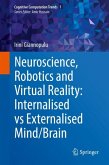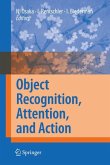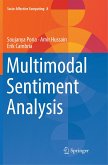Human and animal vision systems have been driven by the pressures of evolution to become capable of perceiving and reacting to their environments as close to instantaneously as possible. Casting such a goal of reactive vision into the framework of existing technology necessitates an artificial system capable of operating continuously, selecting and integrating information from an environment within stringent time delays. The YAP (Vision As Process) project embarked upon the study and development of techniques with this aim in mind. Since its conception in 1989, the project has successfully moved into its second phase, YAP II, using the integrated system developed in its predecessor as a basis. During the first phase of the work the "vision as a process paradigm" was realised through the construction of flexible stereo heads and controllable stereo mounts integrated in a skeleton system (SA V A) demonstrating continuous real-time operation. It is the work of this fundamental period in the V AP story that this book aptly documents. Through its achievements, the consortium has contributed to building a strong scientific base for the future development of continuously operating machine vision systems, and has always underlined the importance of not just solving problems of purely theoretical interest but of tackling real-world scenarios. Indeed the project members should now be well poised to contribute (and take advantage of) industrial applications such as navigation and process control, and already the commercialisation of controllable heads is underway.








